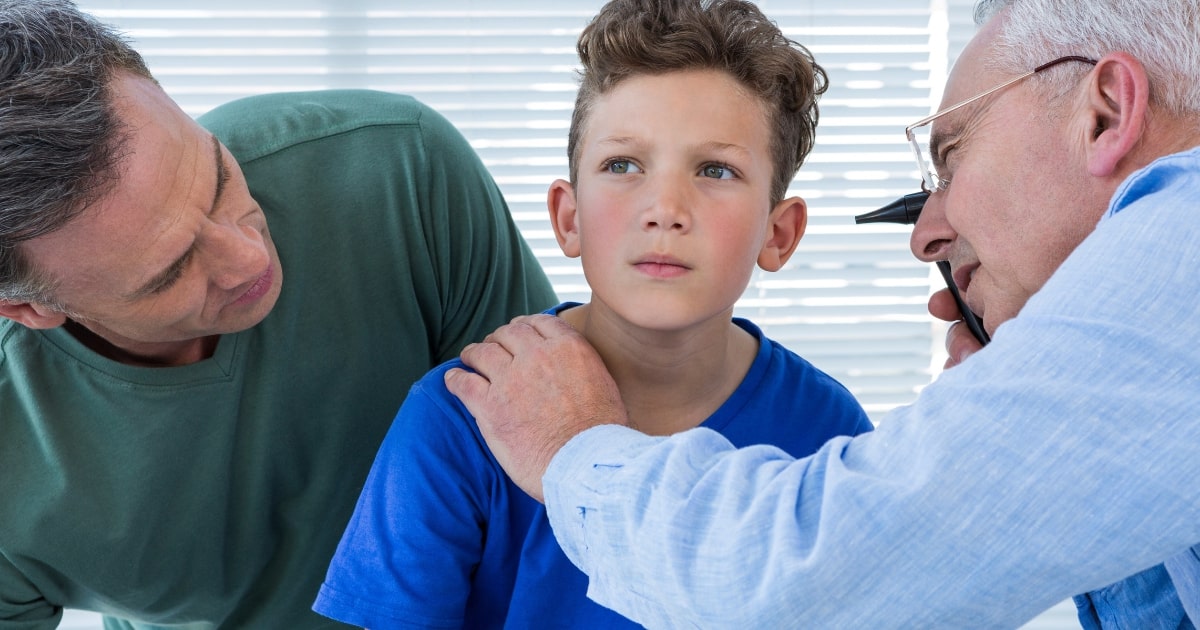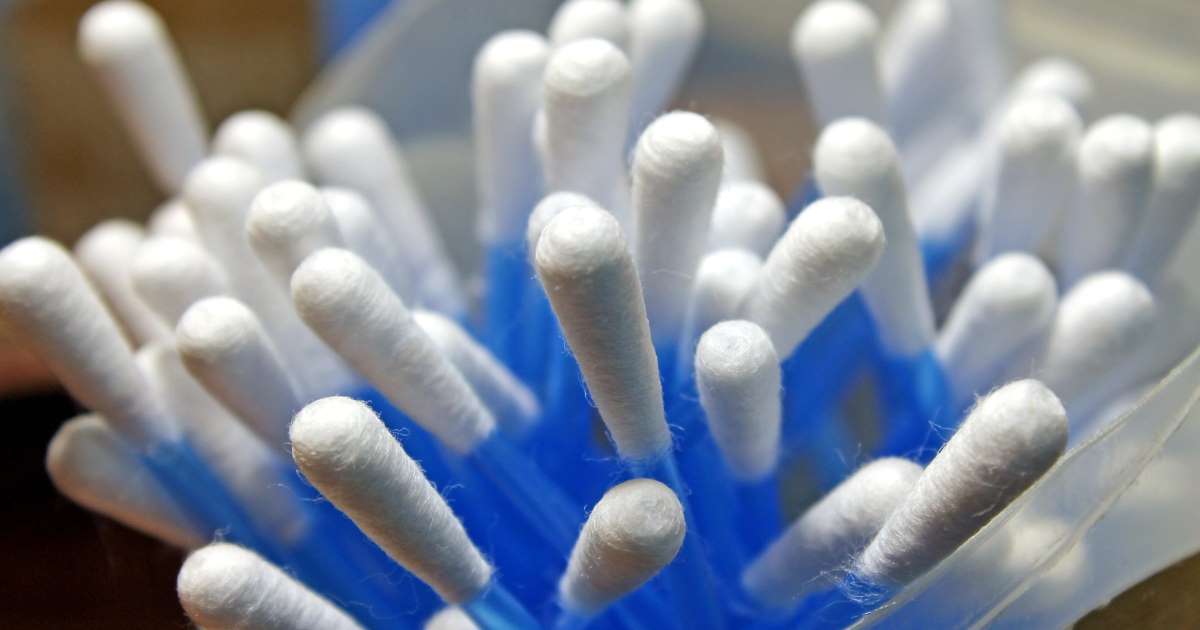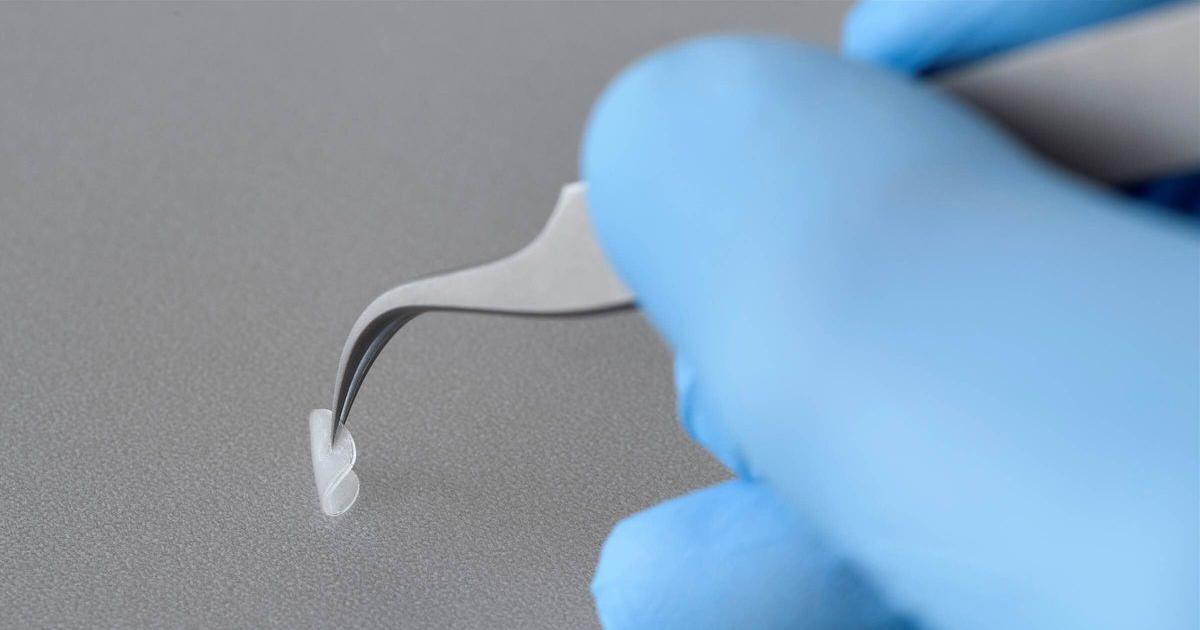How To Treat And Prevent A Ruptured Eardrum
Also known as a tympanic membrane perforation, a ruptured eardrum develops when the tissue separating the ear canal from the middle ear is torn. Symptoms indicating a ruptured eardrum include ear pain, hearing loss, tinnitus, and fluid leaking from the ear. Some patients also experience nausea and vomiting as a result of vertigo. The eardrum may rupture as a result of middle ear infections, head injuries, and exposure to very loud sounds. The condition can also develop due to air pressure changes that occur when scuba diving or flying in an airplane, and some patients who have repeated middle ear infections also develop a ruptured eardrum. While the eardrum can usually heal itself within a few weeks, it is important to seek treatment for this condition to preserve hearing and decrease the risk of infections.
The following steps are typically recommended for the treatment and prevention of a ruptured eardrum.
Prompt Treatment For Ear Infections

Ear infections are considered a major risk factor for the development of a ruptured eardrum. To prevent this complication, patients are advised to receive prompt treatment for ear infections. Ear infections occur most frequently in the outer and middle parts of the ear. They can cause hearing difficulties and may make the ear painful to touch. Patients may also develop a headache, and swelling of the ear could develop. To treat ear infections, doctors usually begin by recommending over-the-counter medications for pain relief. The physician may also prescribe ear drops that can reduce pain and treat the underlying infection. Currently, antibiotics are only prescribed if the cause of the ear infection is not viral. Doctors recommend applying a warm compress to the affected ear to aid in pain reduction as well. To prevent ear infections, patients are advised to avoid smoking and exposure to secondhand smoke. For patients with allergies, it is particularly important to avoid allergy triggers.
Uncover more ways to prevent and treat a ruptured eardrum now.
Don't Stick Anything In The Ears

Inserting foreign objects into the ears, including cotton buds, is one of the main causes of a ruptured eardrum. Many patients try to clean their ears with cotton buds or other materials, and these swabs are often inserted into the ears too far, resulting in an immediate rupture of the eardrum. To reduce this risk, it is important that patients don't stick anything in their ears. In fact, the ears will clean themselves naturally, and sticking items into the ears will not help this process; it could actually impede it. In addition to letting the ears clean themselves, patients should be especially careful when they are inserting earplugs for sleeping or noise reduction. These should be inserted only as far as is comfortable, and patients should follow the directions for use on the earplugs package. In particular, it is important to avoid using homemade earplug solutions, including cotton balls, as these can easily become trapped inside the ears during sleep.
Continue reading to reveal more options for preventing and treating ruptured eardrums now.
Wear Ear Protection

Exposure to extremely loud, intense sounds can instantly tear the eardrum. Gunshots, explosions, and jet engines are examples of the types of sounds that may trigger this condition. To reduce their risk, patients who work as ground staff at airports or who visit shooting ranges should wear sufficient ear protection. Ear protection is also necessary for individuals participating in some types of military training exercises. Different types of ear protection are needed for specific situations, and patients should always seek advice from their employers or from staff about the most appropriate ear protection for their particular situation. In many cases, employers are required to provide appropriate ear protection to their employees, and patients should ask about this. If patients notice any changes in their hearing after exposure to loud sounds, they should have a prompt evaluation from a physician.
Learn more about treating and preventing a ruptured eardrum now.
Eardrum Patch And Protection During Healing

The use of an eardrum patch and protection during healing may help in cases where a ruptured eardrum will not close on its own. An eardrum patch can be placed by an ear, nose, and throat specialist during an office visit. To place the patch, the specialist will apply a chemical around the edges of the rupture to promote tissue growth, and the rupture is then sealed with a patch. Sometimes, a patient may need to have this procedure performed two or more times to get the rupture to close. To protect the ruptured eardrum as it heals, patients are advised to use earplugs while showering, and they should not clean their ears at all during this time. In addition, patients who experience a runny nose while they have a ruptured eardrum should not blow their nose, as the pressure this creates could further damage the eardrum. For some patients, it may take a few months before a ruptured eardrum is completely healed.
Get more details on treating a ruptured eardrum now.
Surgical Repair

Surgery is generally recommended for patients who have not achieved healing through conservative methods. The most common type of surgical repair for a ruptured eardrum is known as a tympanoplasty. Performed under general anesthesia, the procedure typically takes up to two hours to perform. It involves taking a small piece of tissue from the patient, often from the ear cartilage or fascia, and grafting this onto the site of the rupture. This graft seals the hole in the eardrum immediately. For less severe cases, doctors may be able to perform a patch myringoplasty. This procedure is performed under general anesthesia and takes approximately ten minutes. Doctors normally use it if the rupture in the eardrum is small. Rather than using a skin graft to cover the rupture, myringoplasty uses gelatin or paper. These coverings stimulate the body's natural healing process. Most patients who have surgical repairs for ruptured eardrums can have these performed at an outpatient center, and they will be able to return home the same day. While recovering at home, patients may notice bloody discharge from the affected ear for the first three to five days. This is considered a normal part of recovery. The patient will generally have a follow-up appointment with their specialist within three weeks of the surgery.
